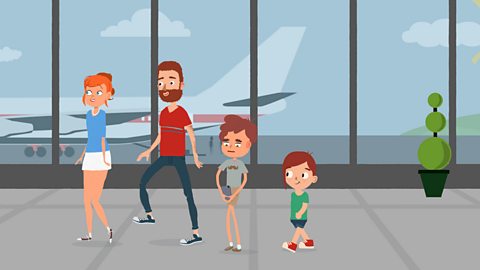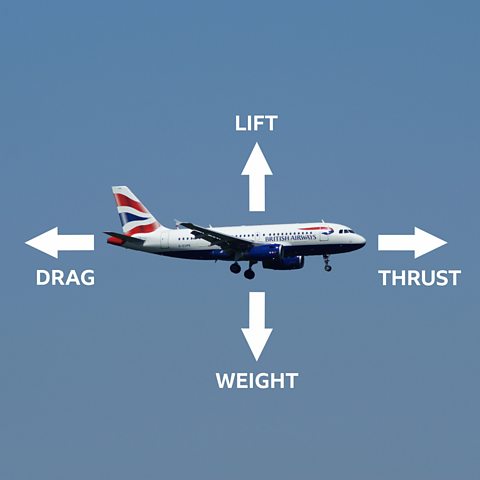
Forces of flight
Aeroplanes rely on four different scientific forces to fly - thrust, drag, weight and lift - all of which act against each other. When they are all balanced, a plane will fly in a nice, straight line.
All four forces have to be present for a plane to get into the air, but lift is what keeps it there.
Lift is generated by the wings and they have changed a lot in the last 100 years. Let's see how they work.

Take a look inside the Bombardier wing facility in Belfast and find out how an aeroplane wing is made.
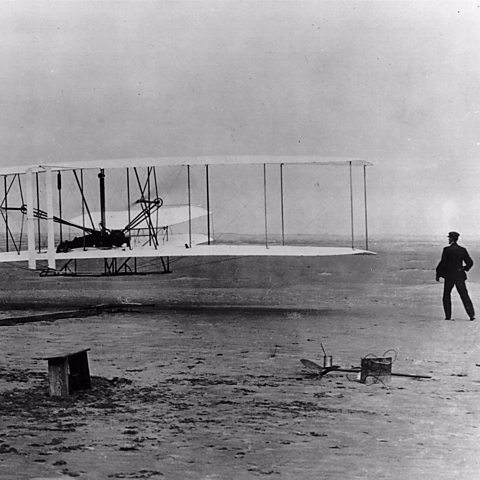
Changing shapes
When early aviators the Wright Brothers started experimenting with designs, their first wings were short and stubby. After tests failed to generate as much lift as they'd hoped, they went back to the drawing board.
Eventually they found that a wing which was long and narrow was better for flying, generating much more lift and less drag.
Their calculations were so effective that modern designs haven't strayed too far from those early sketches.

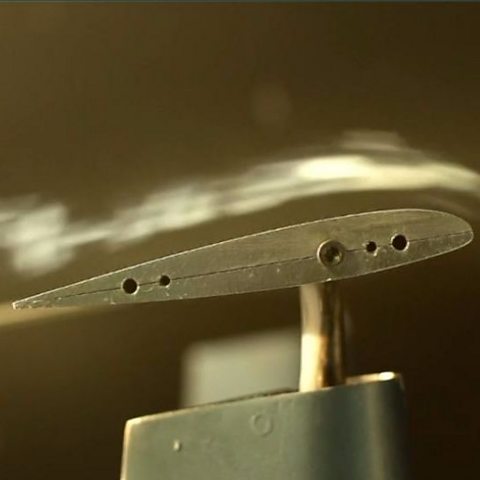
The angle of attack
The shape of a wing is called an aerofoil. It looks like a teardrop with a long curved edge on top and a short flatter edge on the bottom.
Air flows faster over the top edge, creating low air pressure. When there's a difference in air pressure between the top and bottom of the wing, it sucks the plane upwards, creating lift.
The 'angle of attack' is the angle at which the wing meets the air. When tilted slightly upwards, the wing forces more air to move downwards over the top edge and the reaction is the air pushing the wing upwards.

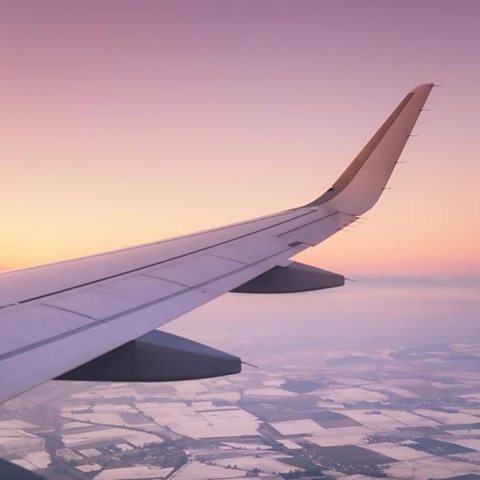
Wings of the future
Modern aviation is all about creating designs that save on journey times, money and fuel. Many planes are now equipped with technology like wing tip devices, which help with this by decreasing drag.
Engineers are always looking at ways to make planes more efficient and wing design is one of the most important ways of achieving this.
Designs of the future could include huge, curved wing shapes, wings which fold out when a plane is in the air and even wings which are part of the plane's body rather than having to be attached separately.


More on Flight
Find out more by working through a topic
- count1 of 4
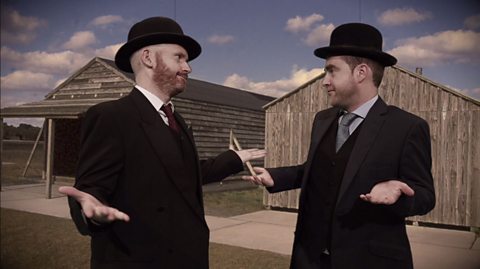
- count2 of 4

- count3 of 4
